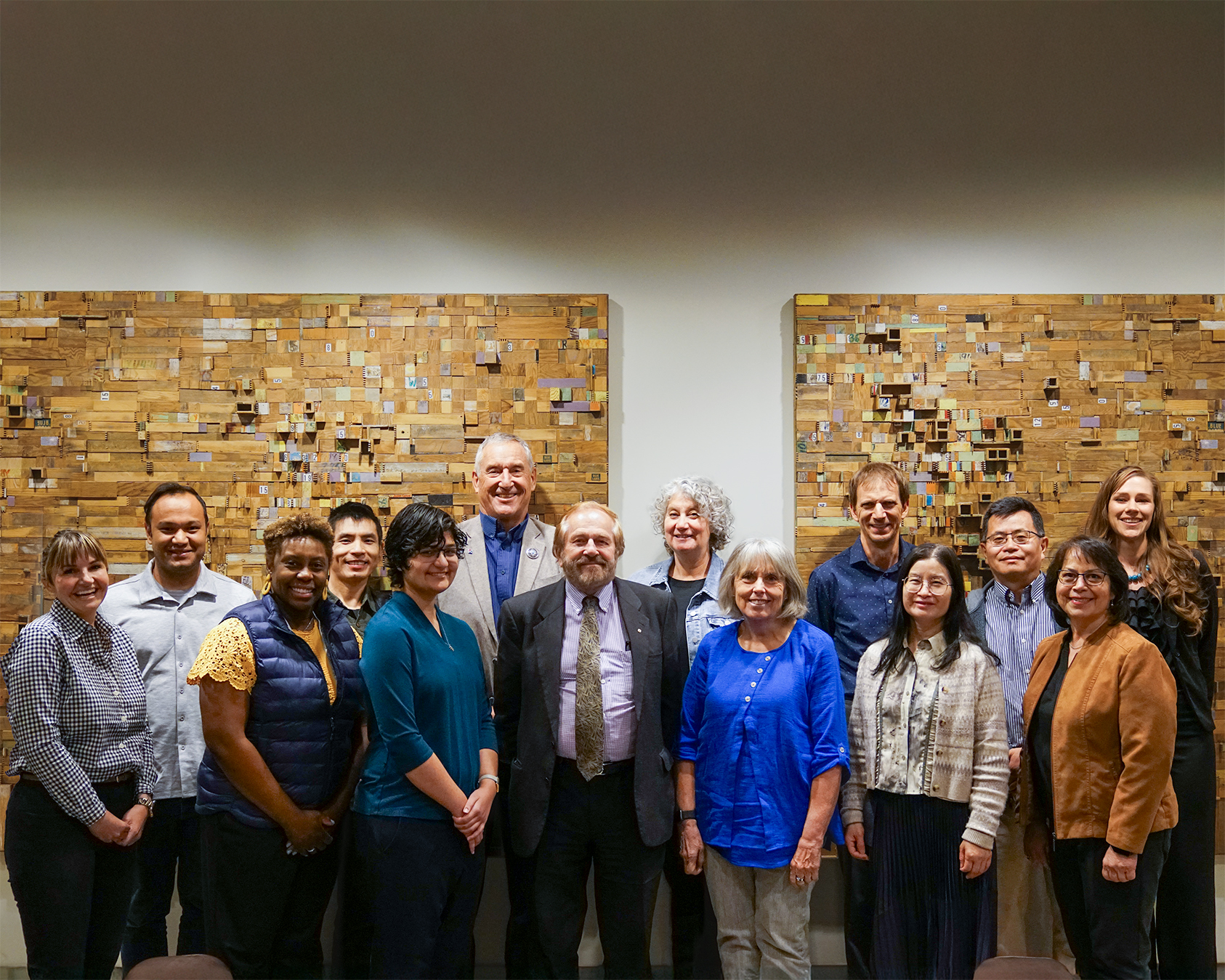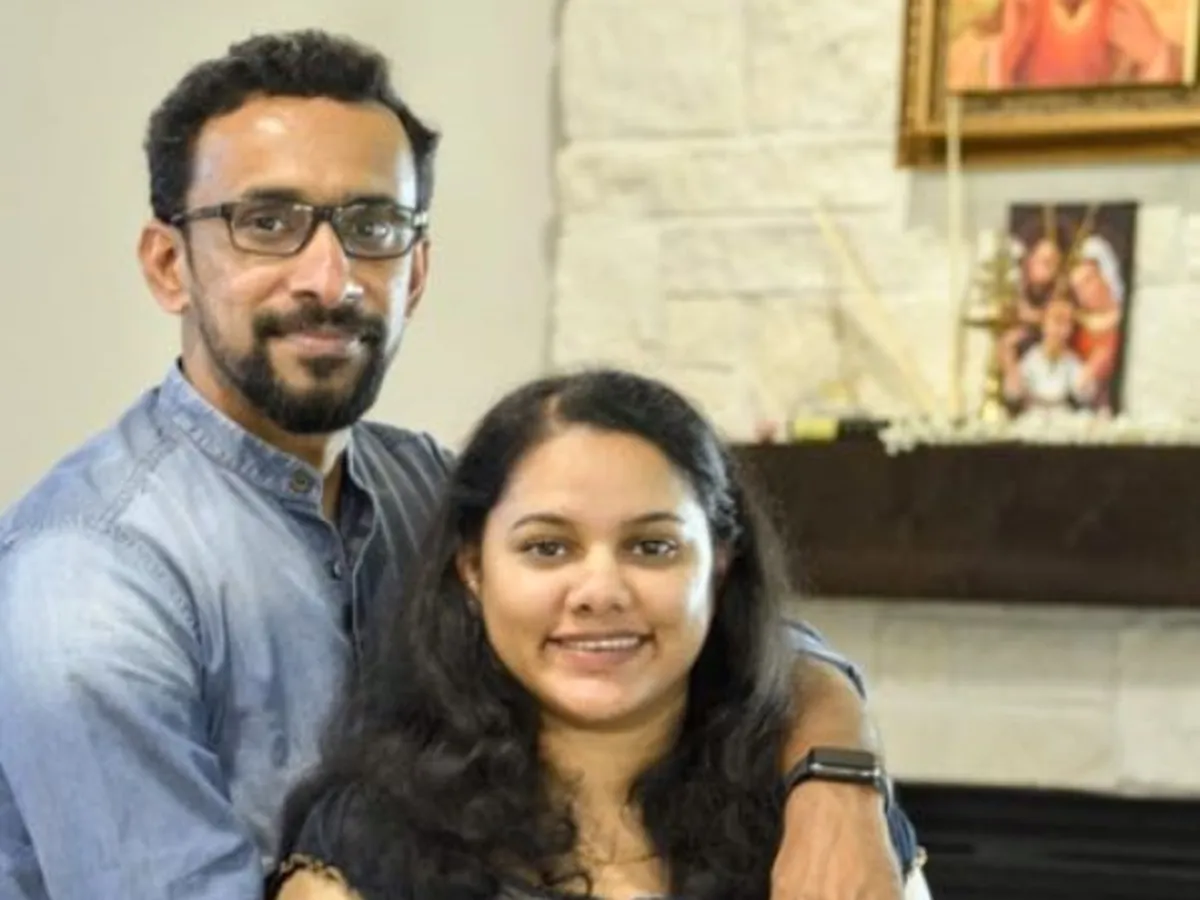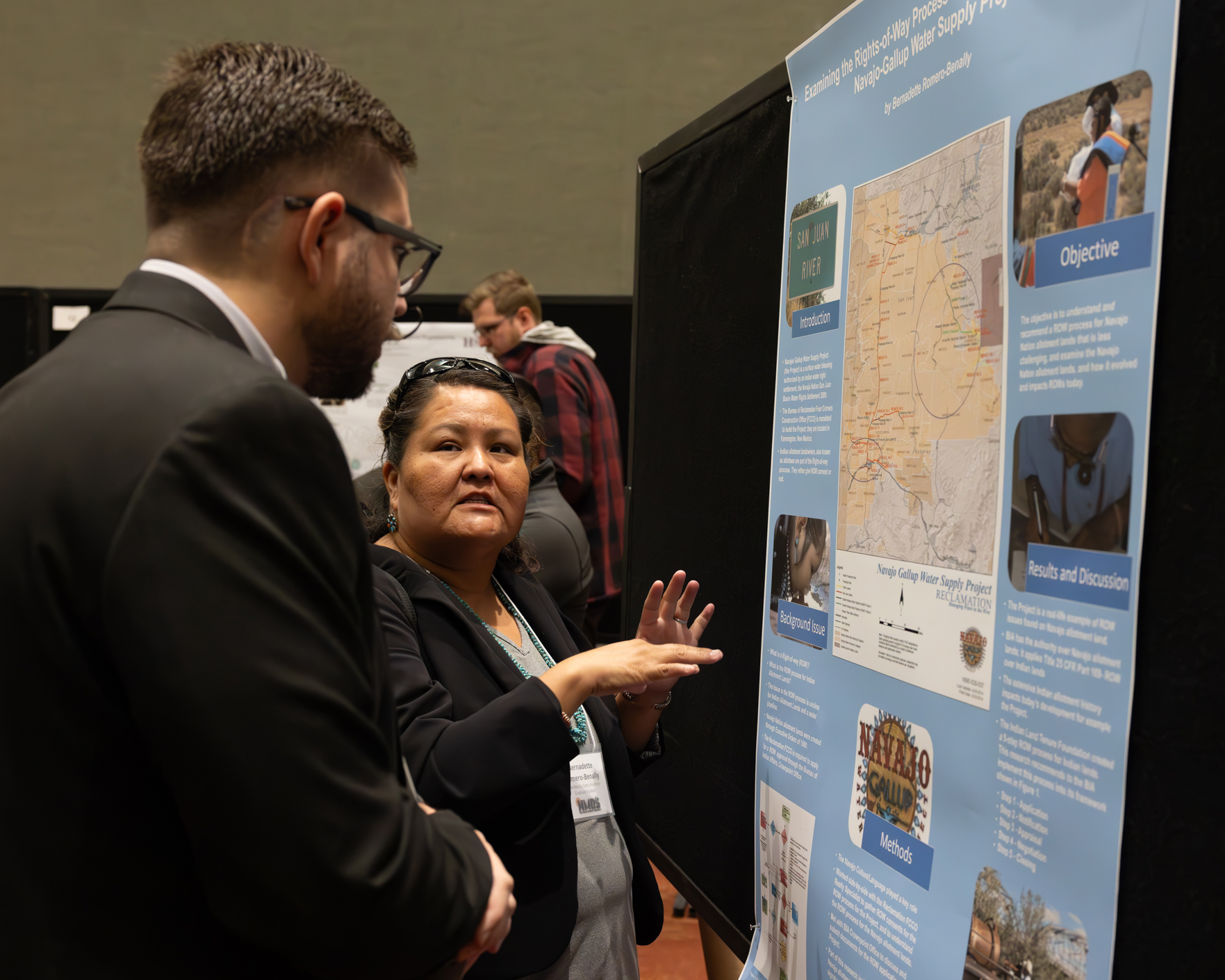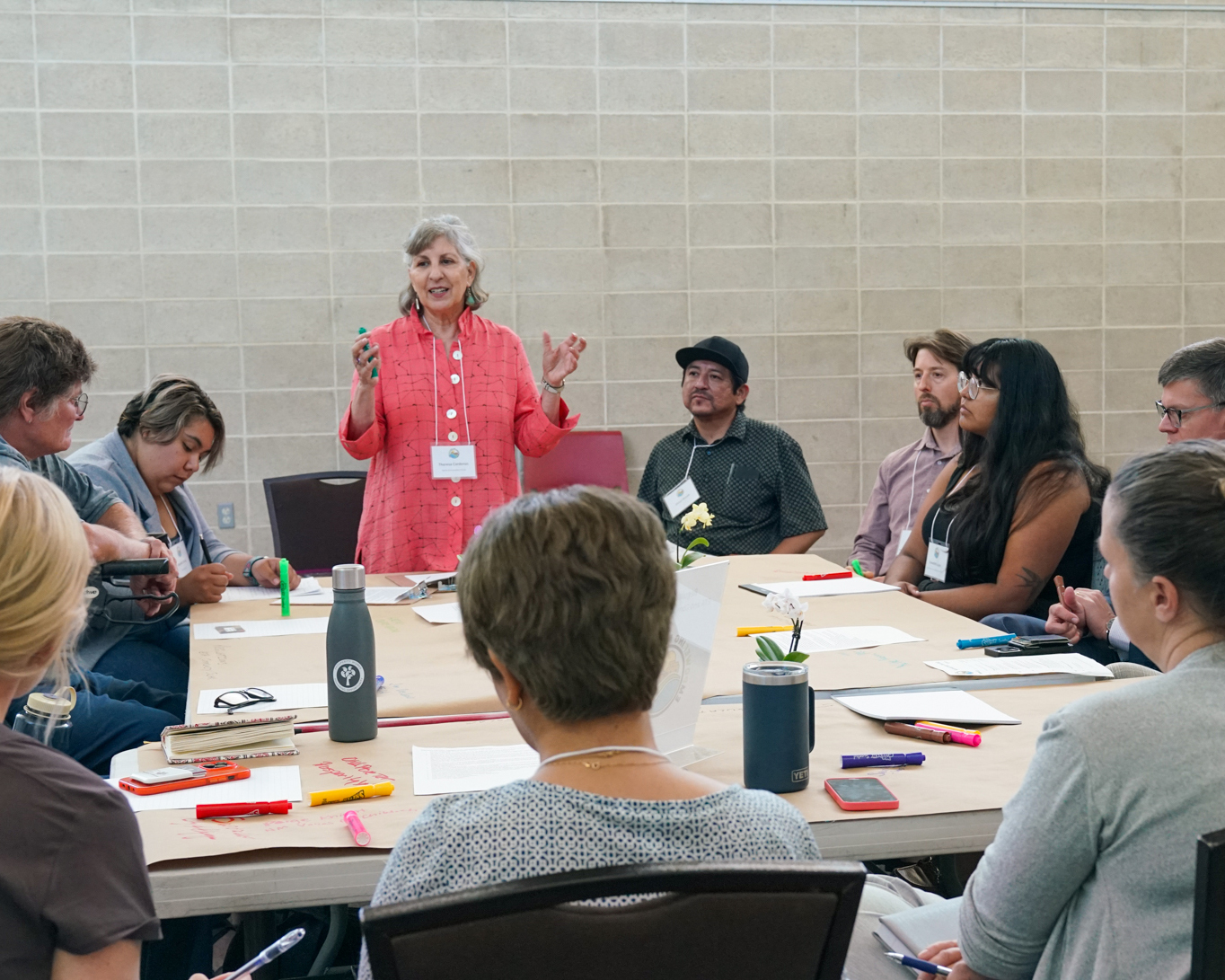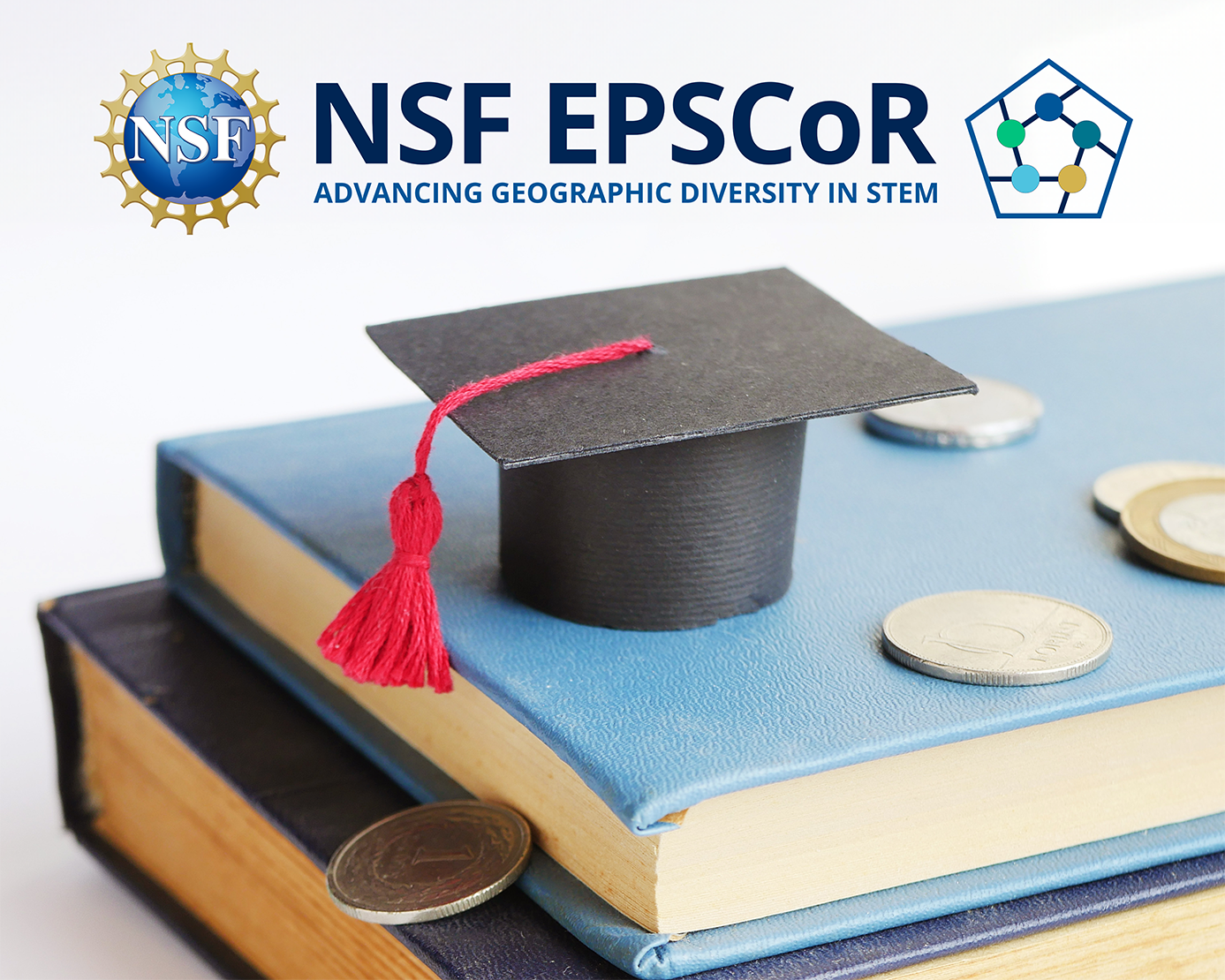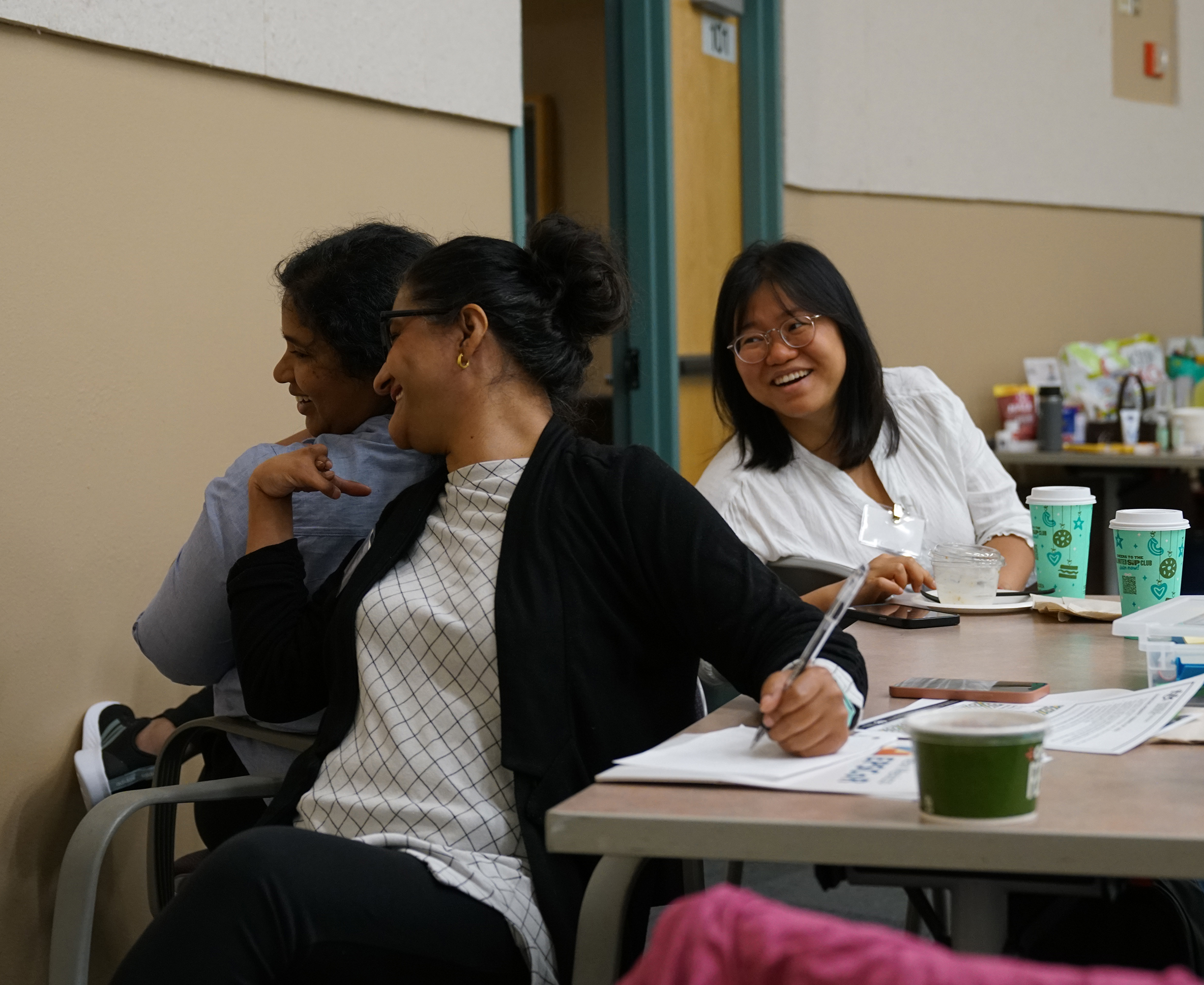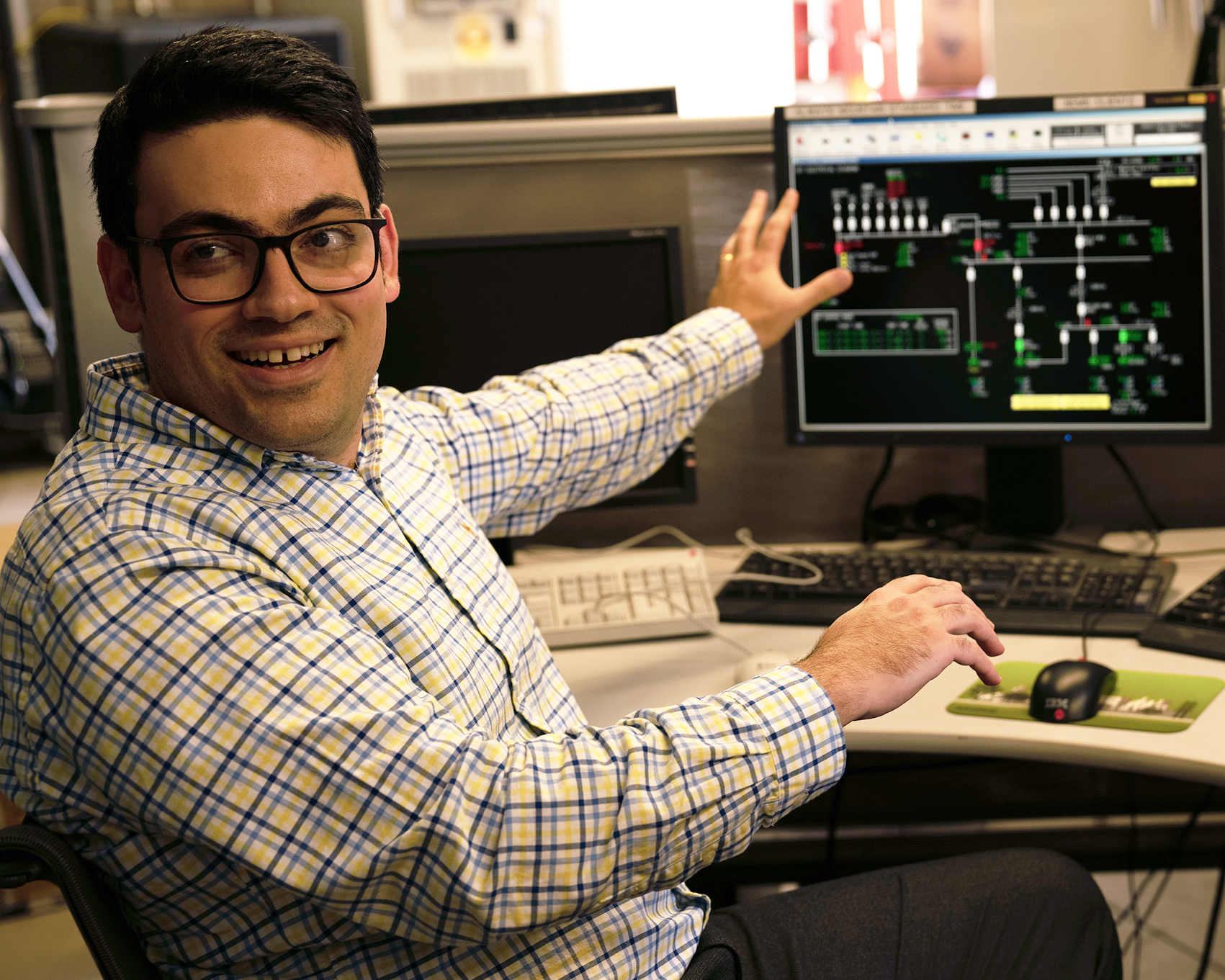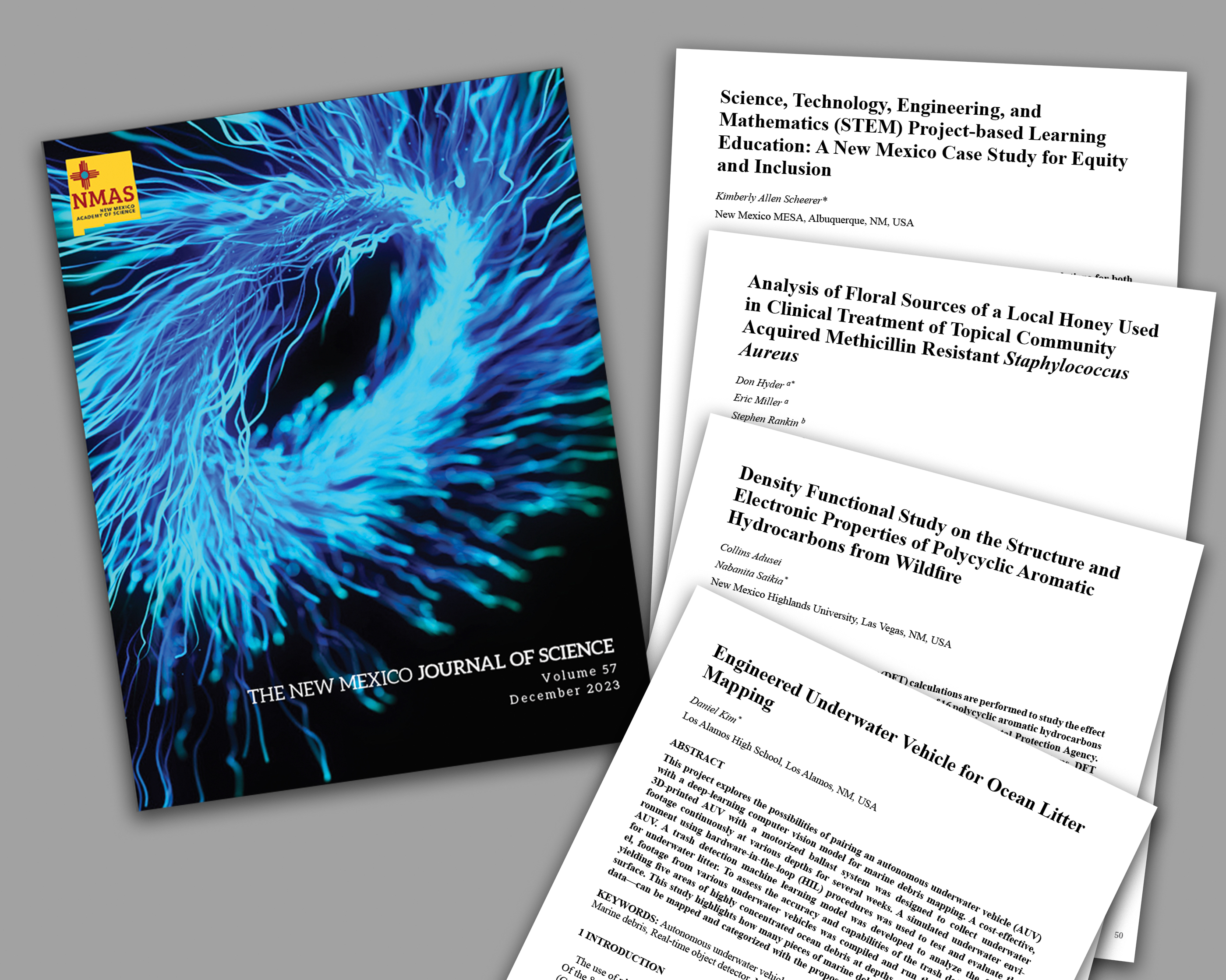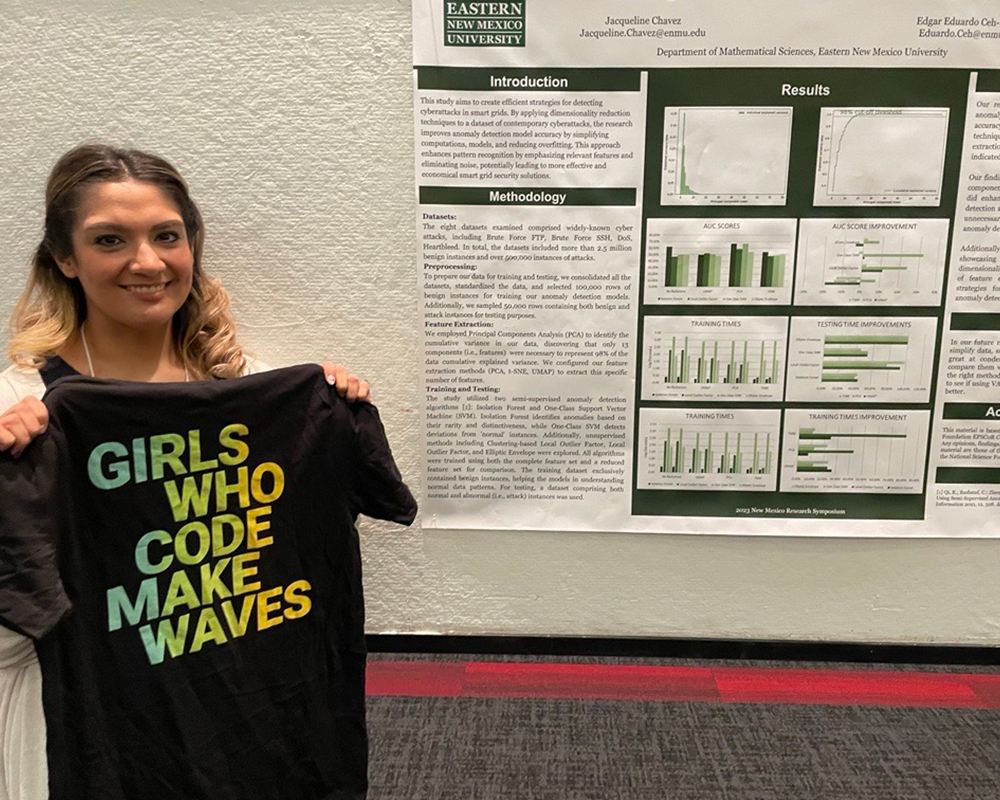Ever wonder what other team members of the NM SMART Grid Center are doing? You should.
Take the work of Computer Science Assistant Professor Abdullah Mueen, Electrical and Computer Engineering Professor Manel Martínez-Ramón, and their graduate students. Recently they developed techniques to forecast solar panel power generation in near real-time and with greater accuracy.
News Archive
The Sci-Q (science quotient) of New Mexico went up during the week of June 22 to 29 when nearly 4,000 people participated in the NM EPSCoR–sponsored New Mexico Science Fiesta in events across the Albuquerque metro area. The celebration of science was coordinated by Explora and supported by dozens of organizations, ranging from STEM employers to community centers, colleges to dance studios, and national labs to city departments.
Category
New Mexico State University (NMSU) was named among the top 25 four-year public institutions in the nation for enrolling and graduating women in computer science, according to a recent analysis by “The Chronicle of Higher Education.” Released in February, the report uses U.S. Department of Education data from 2016 and 2017. NMSU ranked 22nd on a list that included more than 200 institutions, a significant achievement for NMSU.
Category
On May 17, people from over 20 New Mexico institutions of higher education, state government, industry, and non-profit organizations attended the Year 1 NM SMART Grid Center All Hands Meeting in Albuquerque. The nearly 100 attendees enjoyed a keynote address by the Chancellor of New Mexico State University, Dr. Dan Arvizu, who was previously the Director of the National Renewable Energy Laboratory (NREL) and is considered to be one of the world’s leading experts on renewable and sustainable energy.
Category
In the world of academia, the proof is in the publications, not the pudding – unless, of course, the publication is on pudding.
In the first year of New Mexico's last NSF EPSCoR project, the Energize New Mexico team produced 18 peer-reviewed publications. As time passed, these numbers predictably increased, with 27 in year three and 49 in year five. Now the grant is over, but papers are still being published.

